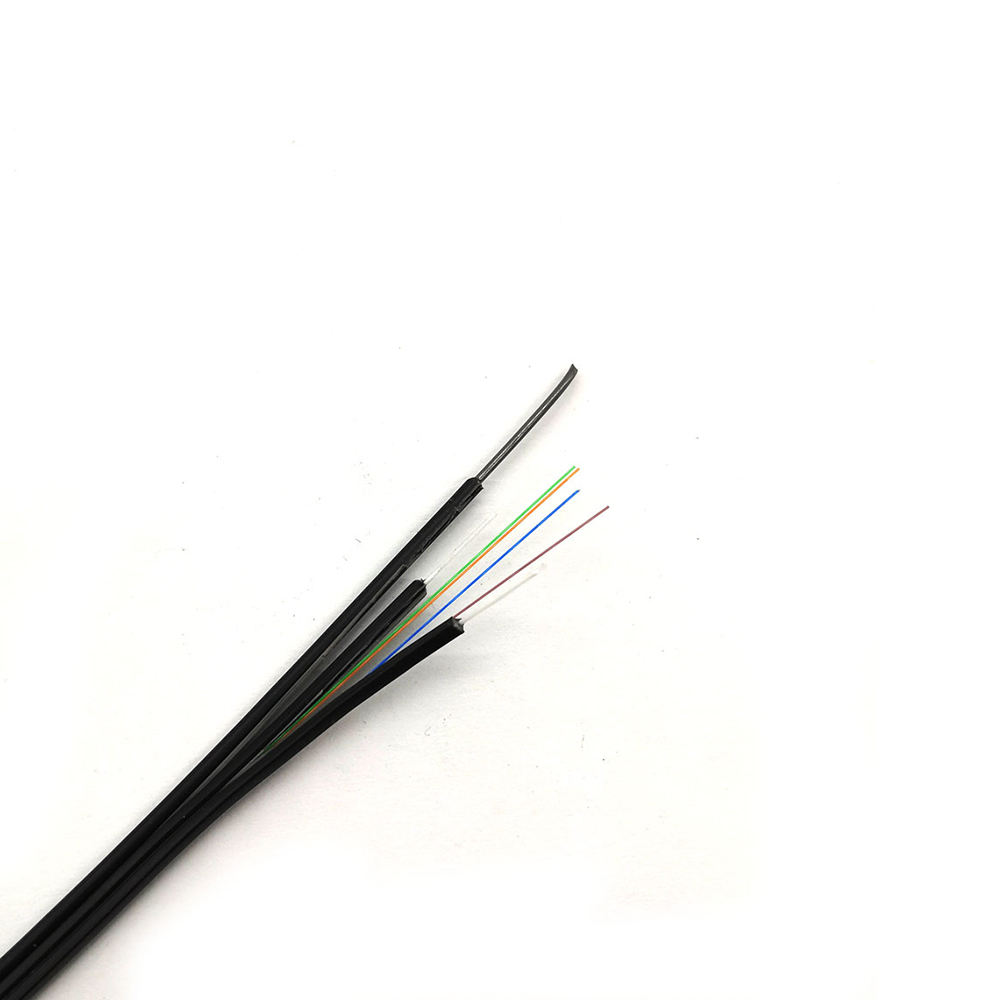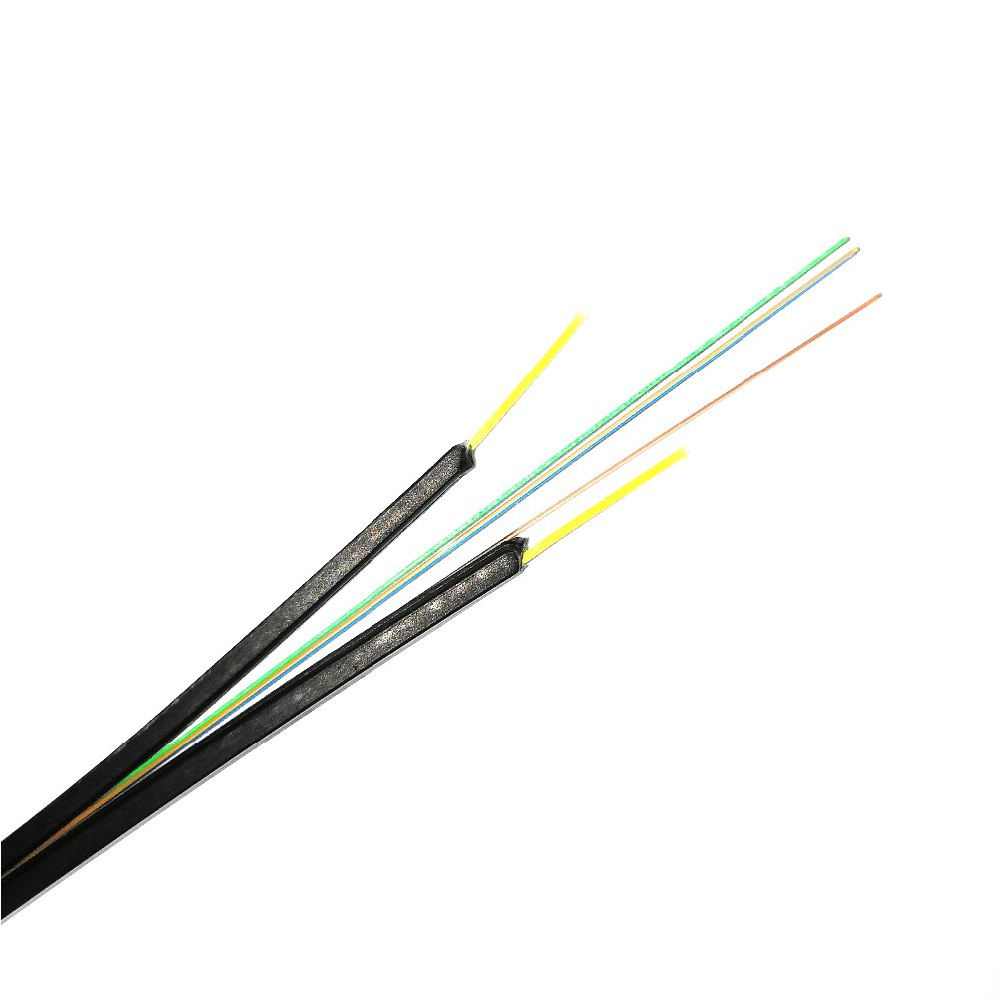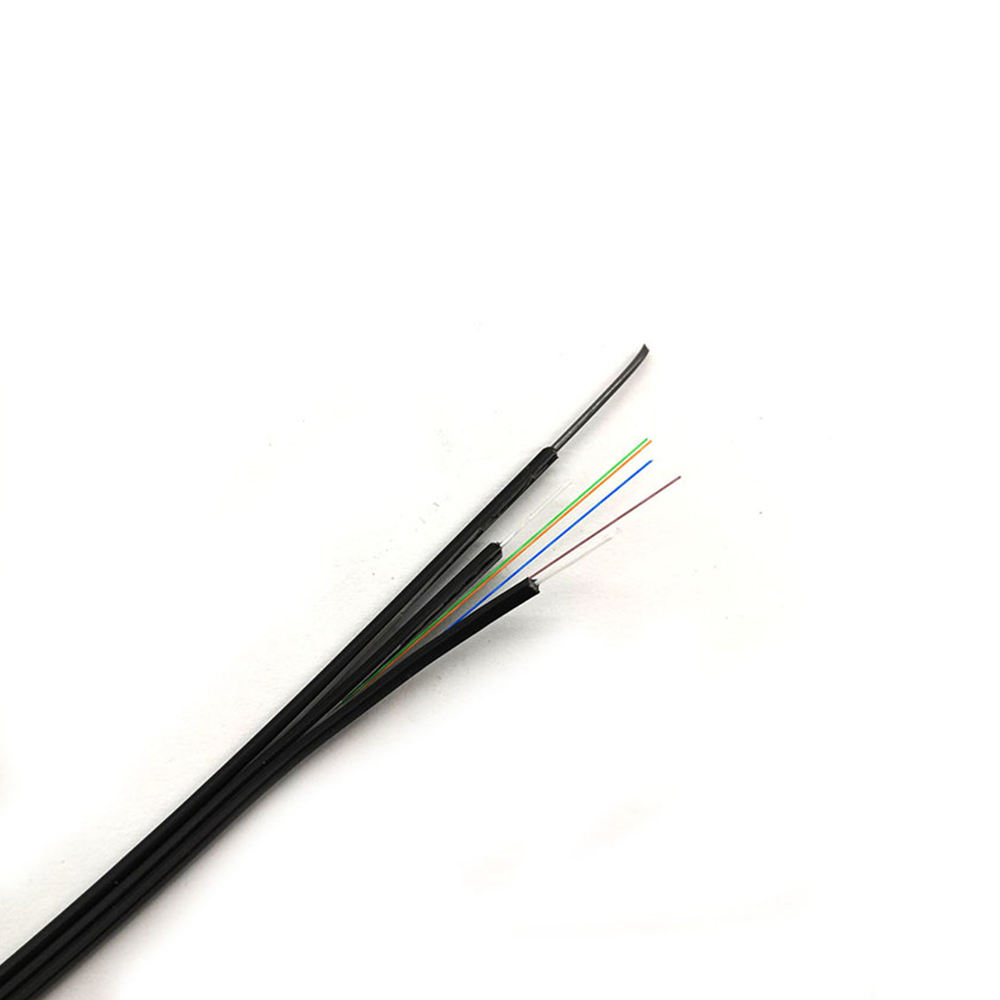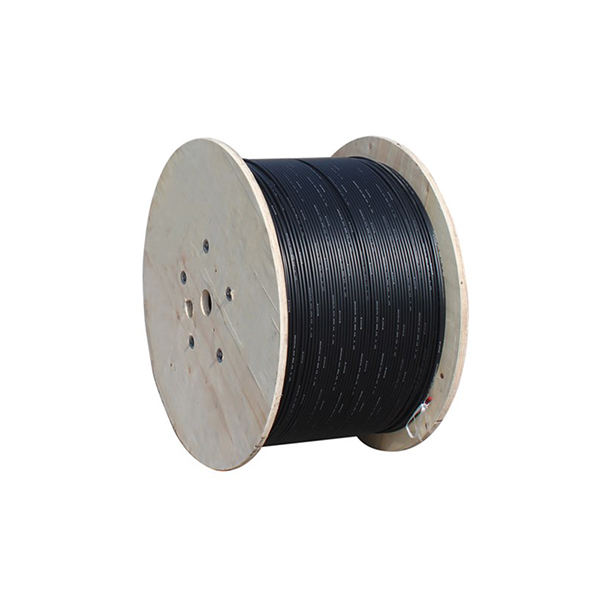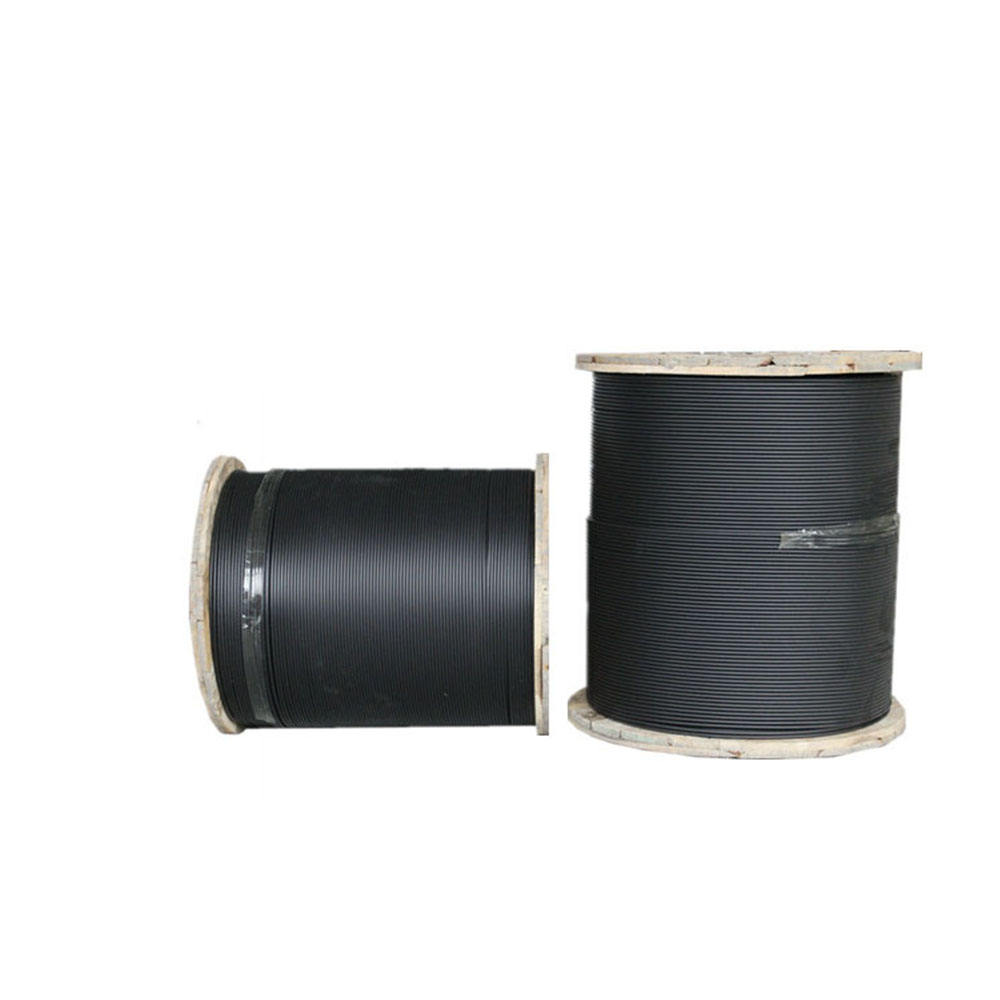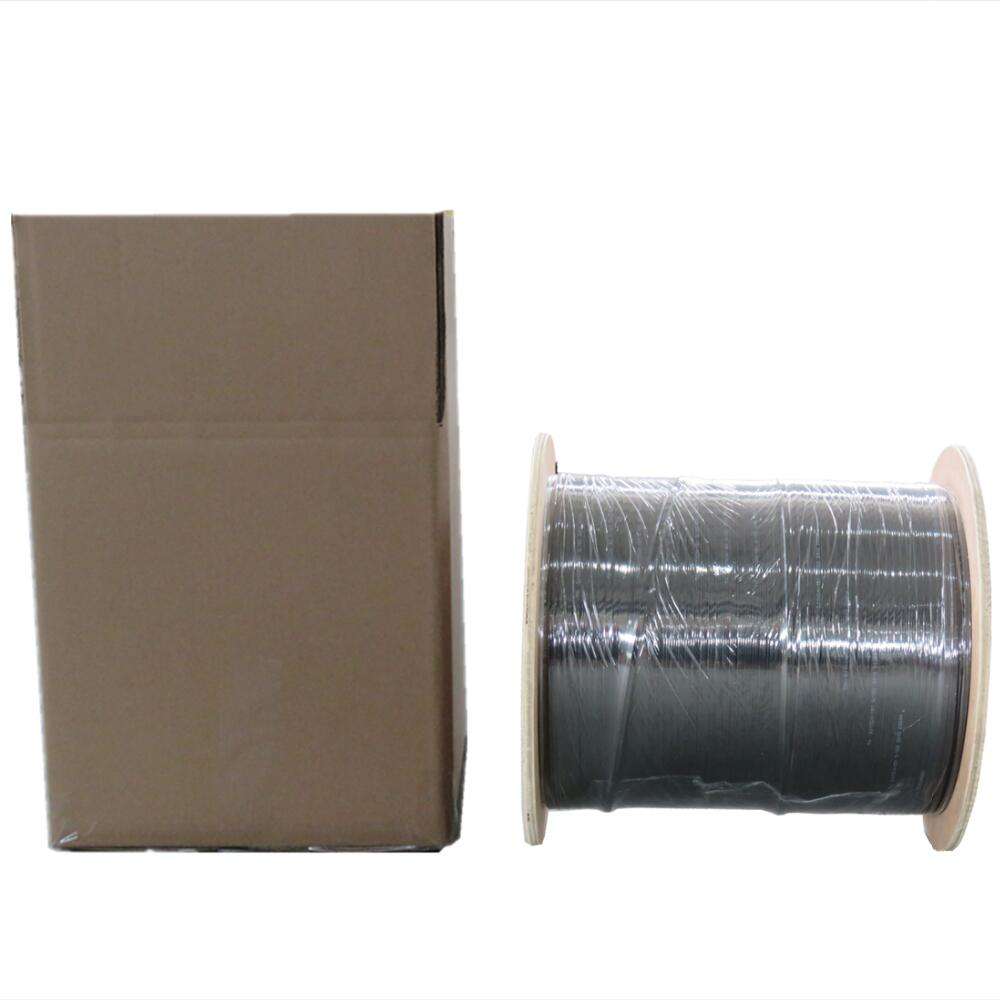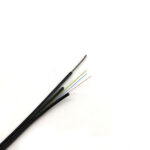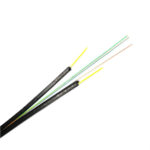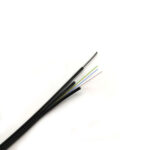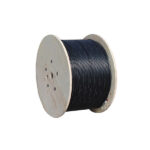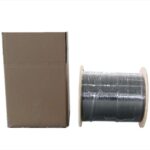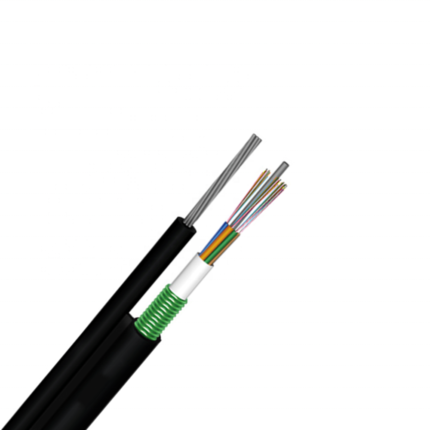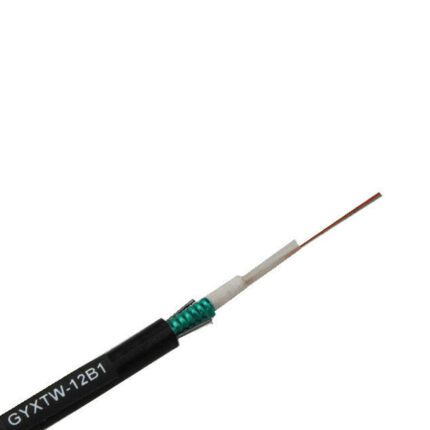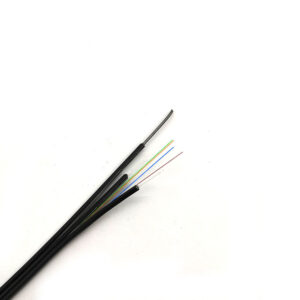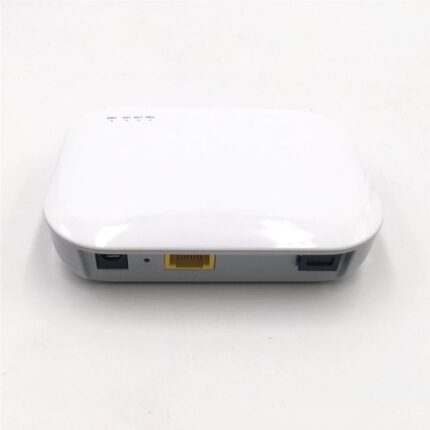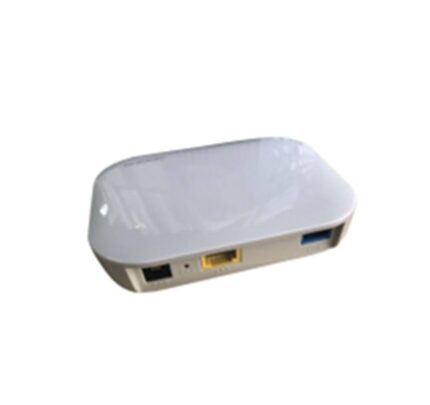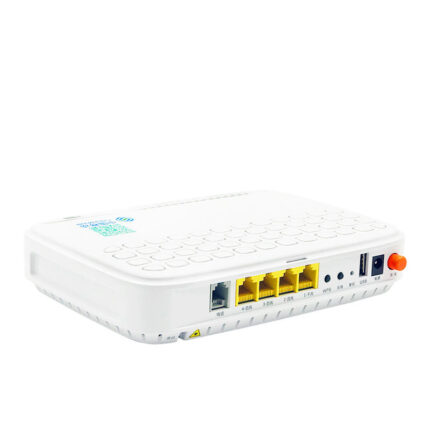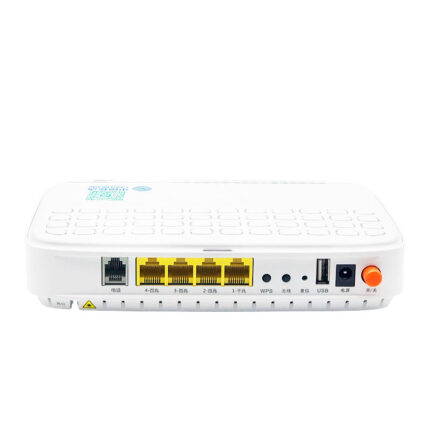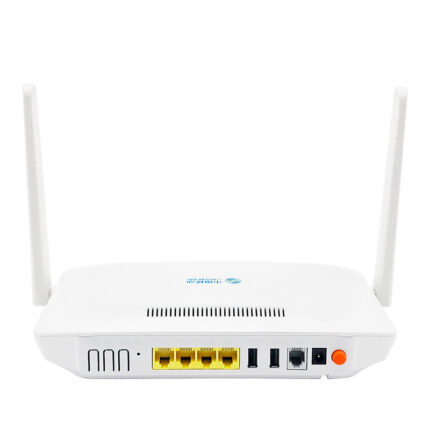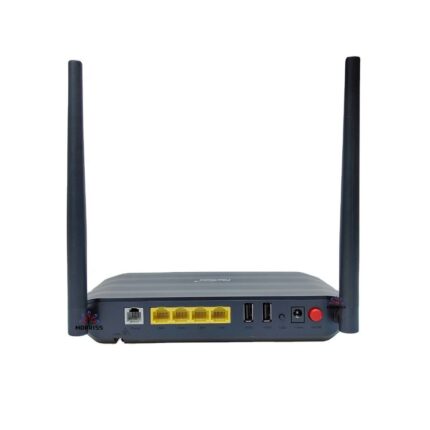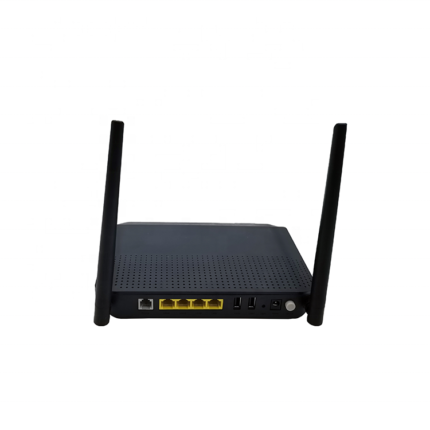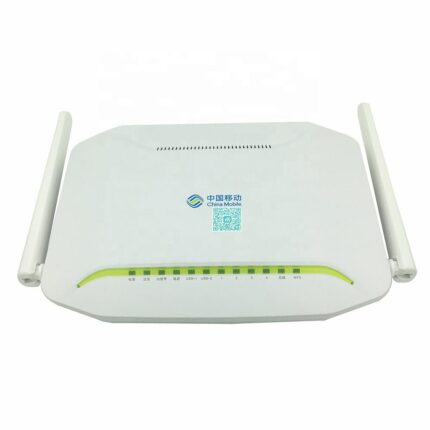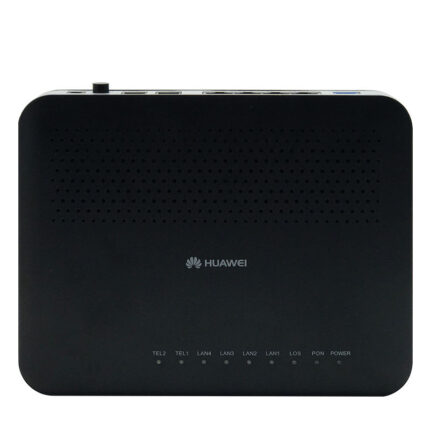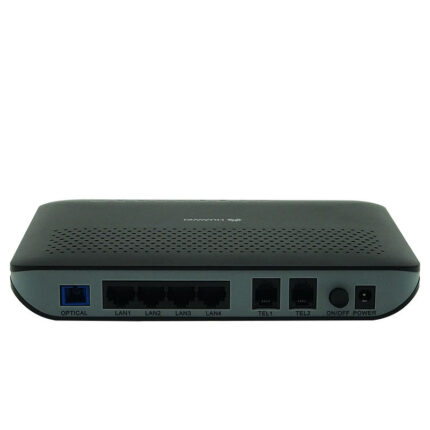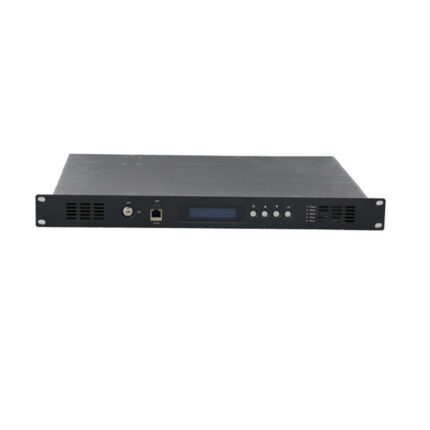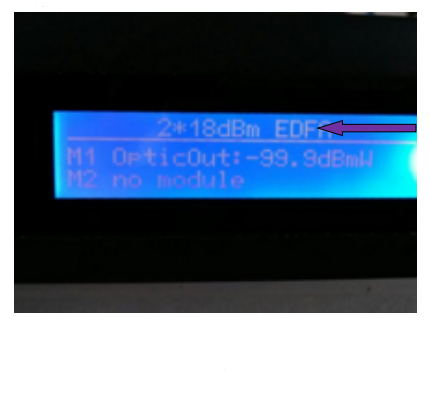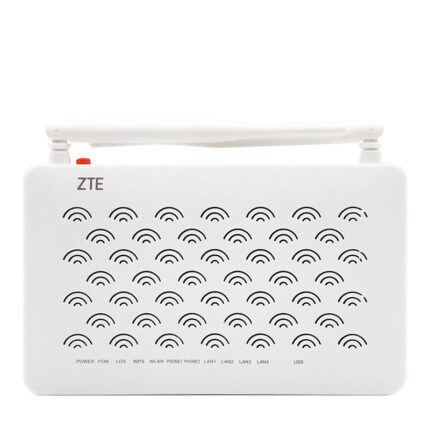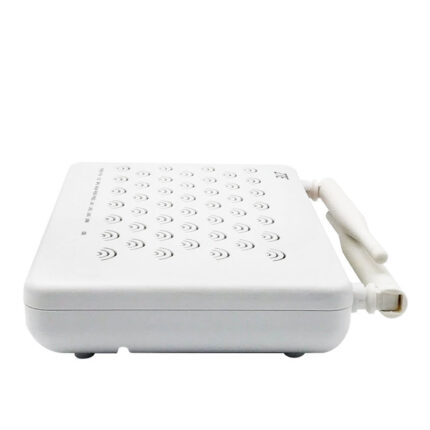GJXH-1 G657A1 Drop Cable Description:
GJXH-1 G657A1 Drop Cable take pride in presenting our comprehensive range of 4core FTTH Single-Mode Optical Fiber Cables. These cables are crafted with precision, using top-quality materials and advanced manufacturing techniques.
GJXH-1 G657A1 Drop Cable serve as the backbone of modern communication networks, transmitting data via light signals. These signals travel through various modes, each defining the path the light beam takes within the fiber. There are primarily two types: single-mode and multimode fiber cables.
Single-Mode Fiber Characteristics:
Single-mode fiber is known for its simplicity. Light signals travel directly and deeply down the central core with minimal deviation. This characteristic makes single-mode fiber optic cables ideal for applications like Cable Television (CATV), Internet connectivity, and telecommunications, where efficient signal transmission through individual fibers is crucial.
Our 4core FTTH Single Mode Optical Fiber Cables are designed to meet the specific needs of telecom operators and ISPs. They provide high-performance connectivity and ensure that your data is transmitted reliably and efficiently.
Features:
The 4core FTTH (Fiber to the Home) optical cable with FRP (Fiber Reinforced Plastic) drop cable design offers several distinctive features:
- High Bandwidth: FTTH technology provides high-speed internet access, capable of delivering large amounts of data, making it suitable for modern applications like streaming, gaming, and video conferencing.
- 4-Core Configuration: The cable consists of four individual optical fibers, allowing for multiple services to be transmitted simultaneously. Each core can be dedicated to a specific function, such as internet, telephone, or television services, providing flexibility and scalability.
- FRP Strength Member: FRP is a lightweight and robust material used as a strength member in the cable. It provides mechanical reinforcement, ensuring the cable’s durability and resistance to external factors like tension, bending, and environmental conditions.
- Drop Cable Design: The drop cable configuration is specifically designed for easy installation in FTTH networks. It allows for efficient deployment from the distribution point to individual homes or premises, offering flexibility in network layout and minimizing installation time and cost.
- Optical Performance: The optical fibers within the cable are engineered to maintain excellent transmission characteristics, such as low attenuation and dispersion, ensuring reliable and high-quality signal delivery over long distances.
- Weather Resistance: The cable is designed to withstand outdoor environments, featuring materials and construction techniques that provide protection against moisture, UV radiation, and temperature variations, ensuring long-term performance and reliability.
- Compact and Lightweight: The cable’s compact and lightweight design simplifies handling and installation, making it suitable for various deployment scenarios, including aerial, underground, and indoor applications.
- Compliance Standards: The cable complies with industry standards and regulations for optical fiber communication systems, ensuring interoperability and compatibility with other network components and equipment.
GJXH-1 G657A1 Drop Cable Types:
- Fiber to the Home (FTTH) or Fiber to the Premise (FTTP):The fiber cable terminates where the living space begins, for instance, at a box on a home’s exterior wall, ensuring a full fiber link.
- Fiber to the Building (FTTB):Optical fiber terminates at the building’s perimeter, such as the box in an apartment building’s.
- Fiber to the Node (FTTN):Fiber optic cable terminates at the street cabinet, which could be miles away from the customer’s location, with coaxial cable used for the last mile connection.
- Fiber to the Curb or Cabinet (FTTC):Similar to FTTN, but the fiber cable terminates closer to the premises, less than a mile away, with copper wire used for the last mile connection.
- Fiber to the Antenna (FTTA):This involves feeding an antenna with optical fiber, known as fiber backhaul, to meet the high bandwidth requirements of 5G.
- Fiber to the Desk (FTTD):A common commercial fiber optic cable deployment where fiber is distributed from a telecommunication room to equipment outlets and terminated at a wall.
Applications of GJXH-1 G657A1 Drop Cable:
Fiber optics find applications in various sectors, including:
- Computer Networking and Broadcasting: Fiber optics are widely used for their ability to transmit data with high bandwidth, enhancing computer networking and broadcasting performance.
- Internet and Cable Television: Fiber optics are commonly used to support long-distance connections between computer networks in different locations, facilitating high-speed internet and cable television services.
- Telecommunications: Fiber optic cables are crucial for telephone transmission, capable of handling thousands of conversations concurrently due to their ability to transmit energy in the form of light pulses.
- Defense/Government: The military and space industries utilize optical fiber for communication and signal transfer, in addition to temperature sensing, benefiting from the lightweight and compact nature of fiber optic cables.
Advantages:
The 4-core FTTH optical cable with FRP drop cable design offers several advantages:
- High-Speed Internet Access: FTTH technology delivers ultra-fast internet speeds, enabling seamless browsing, streaming, downloading, and online gaming experiences.
- Multiple Services: With four individual optical fibers, the cable supports the transmission of multiple services simultaneously, such as internet, telephone, television, and other data applications, meeting the diverse needs of consumers.
- Reliability: Optical fiber cables provide high reliability and uptime compared to traditional copper cables, as they are less susceptible to electromagnetic interference, signal degradation, and cable breaks.
- Scalability: The 4-core configuration allows for easy expansion and upgrades as demand for bandwidth increases, providing a future-proof solution for evolving communication needs.
- Durable Construction: The FRP drop cable design ensures robustness and durability, making it suitable for outdoor installations and harsh environmental conditions. It offers resistance to factors like moisture, UV radiation, temperature fluctuations, and physical stress, ensuring long-term performance and reliability.
- Easy Installation: The drop cable design simplifies installation processes, reducing deployment time and labor costs. It can be efficiently installed in various scenarios, including aerial, underground, and indoor applications, enhancing flexibility and adaptability in network deployment.
- Compact and Lightweight: The cable’s compact and lightweight design facilitates handling and reduces transportation costs. It also allows for easy routing and management within confined spaces, enhancing installation efficiency.
- Compliance and Compatibility: The cable complies with industry standards and regulations, ensuring interoperability and compatibility with other network components and equipment, thereby facilitating seamless integration into existing infrastructure.
- Future-Proofing: By deploying FTTH technology, service providers can future-proof their networks and stay ahead of increasing bandwidth demands, enabling the delivery of advanced services and applications to consumers.
Specifications of GJXH-1 G657A1 Drop Cable:
| Cable Type | 4-core FTTH Optical Cable FRP Drop Cable |
|---|---|
| Core Count | 4 |
| Jacket Material | FRP (Fiber Reinforced Plastic) |
| Fiber Type | Single-Mode |
| Application | Fiber to the Home (FTTH) |
| Suitable for | Connecting homes to the fiber network, providing high-speed internet, digital television, and telephone services to residential areas. |
| Features | – Designed for outdoor use |
| – UV resistant jacket | |
| – High tensile strength | |
| – Low bending radius | |
| – Easy to install and terminate |
